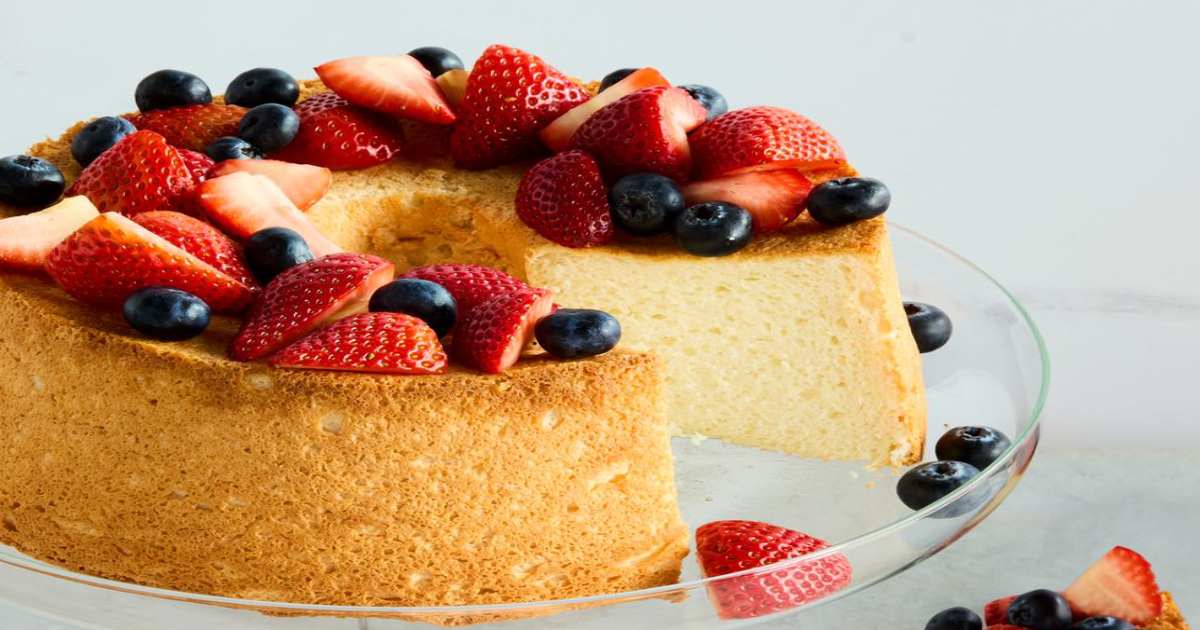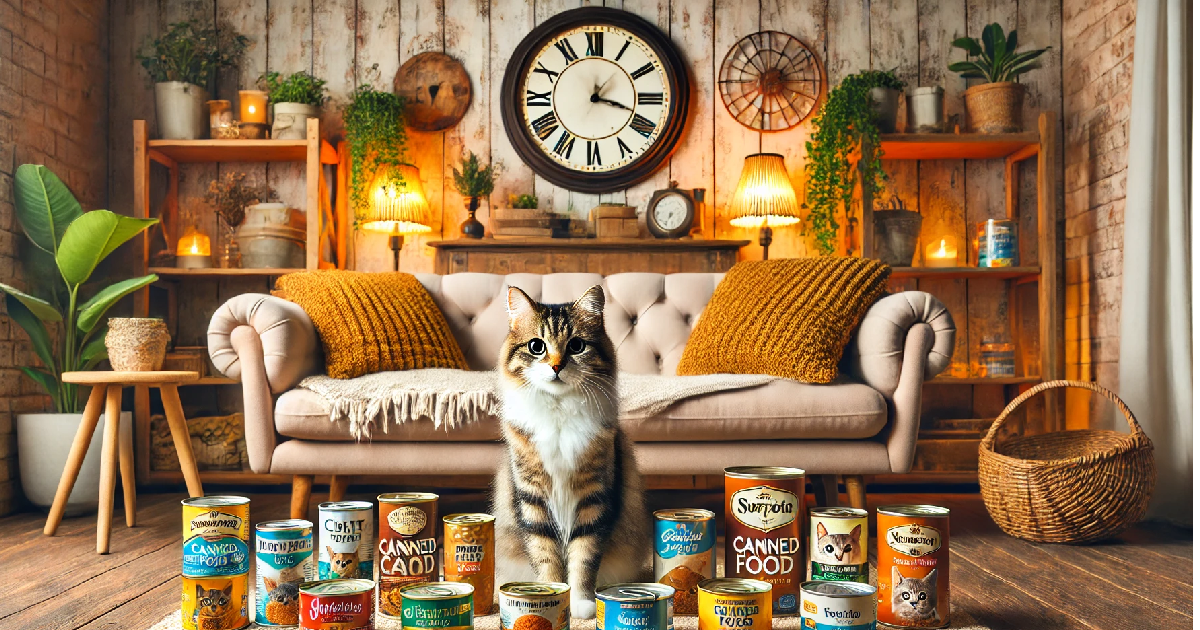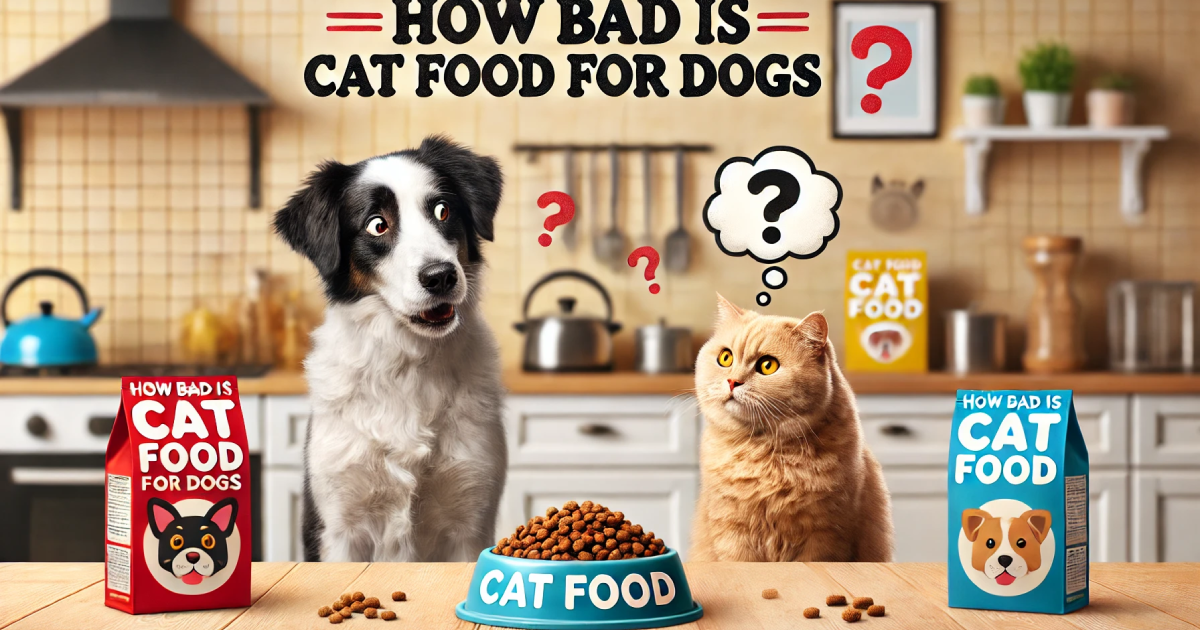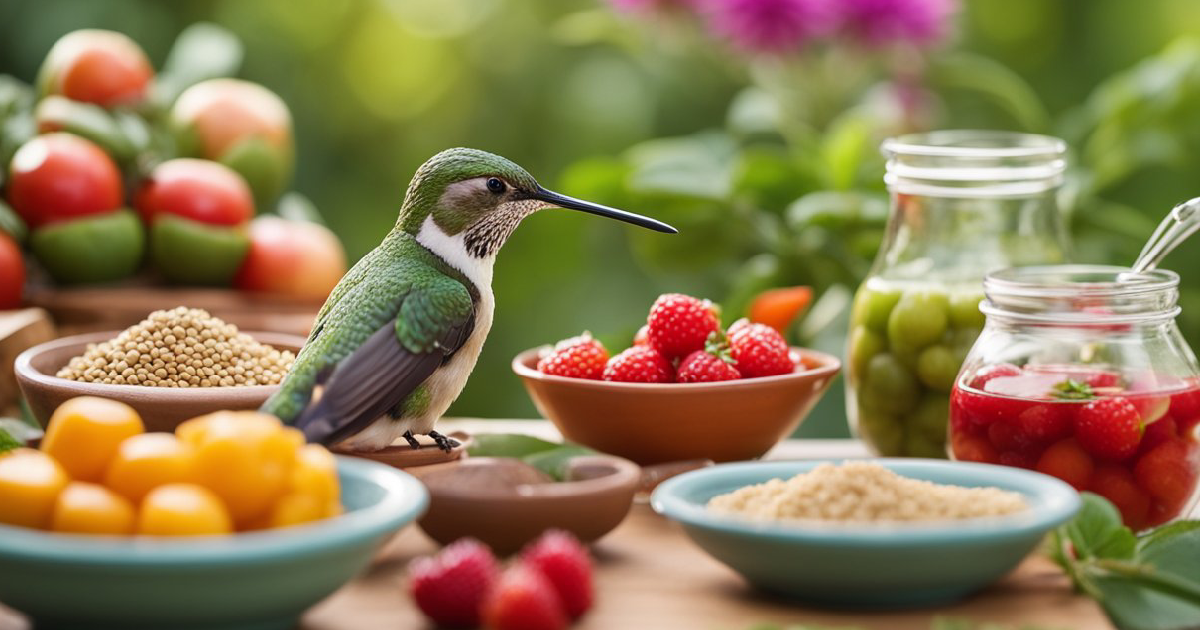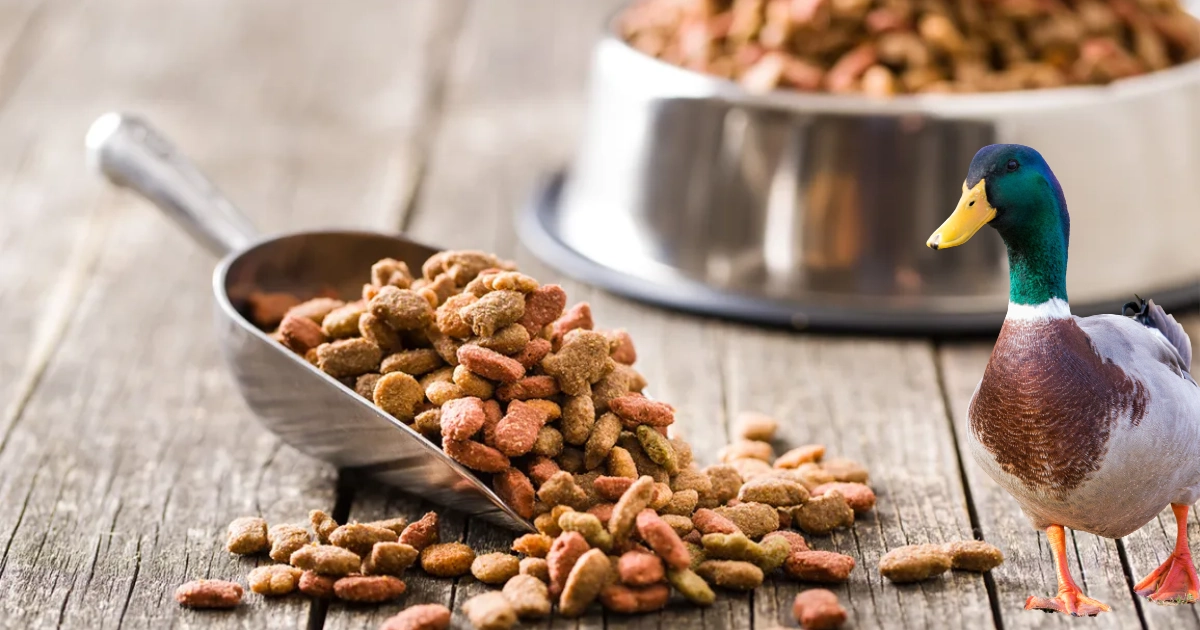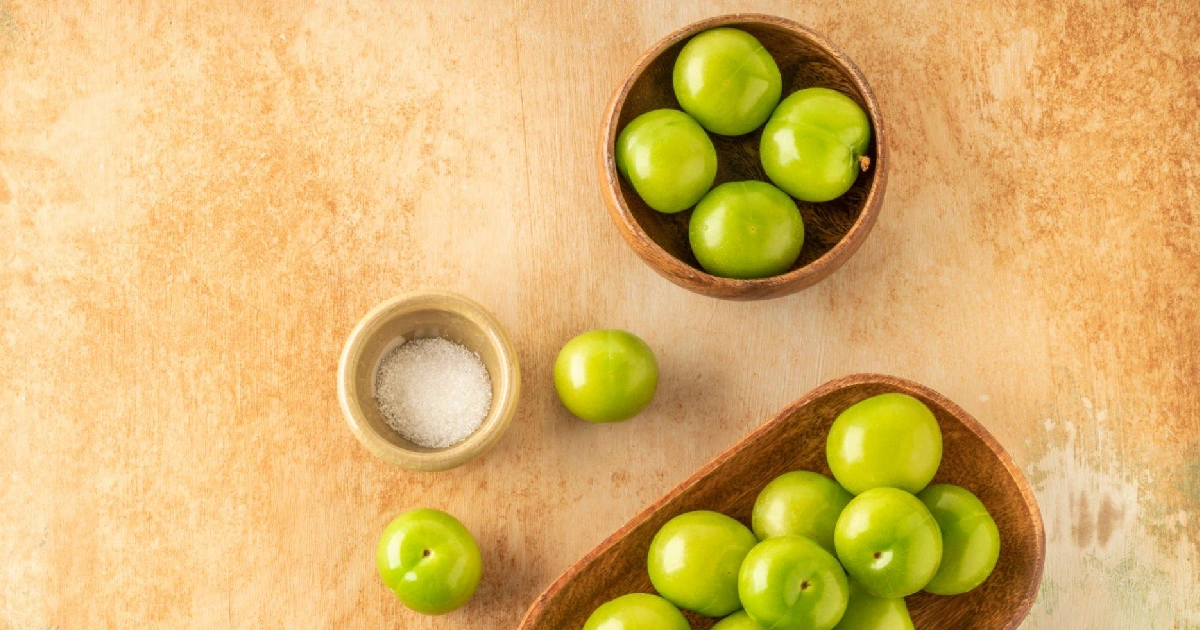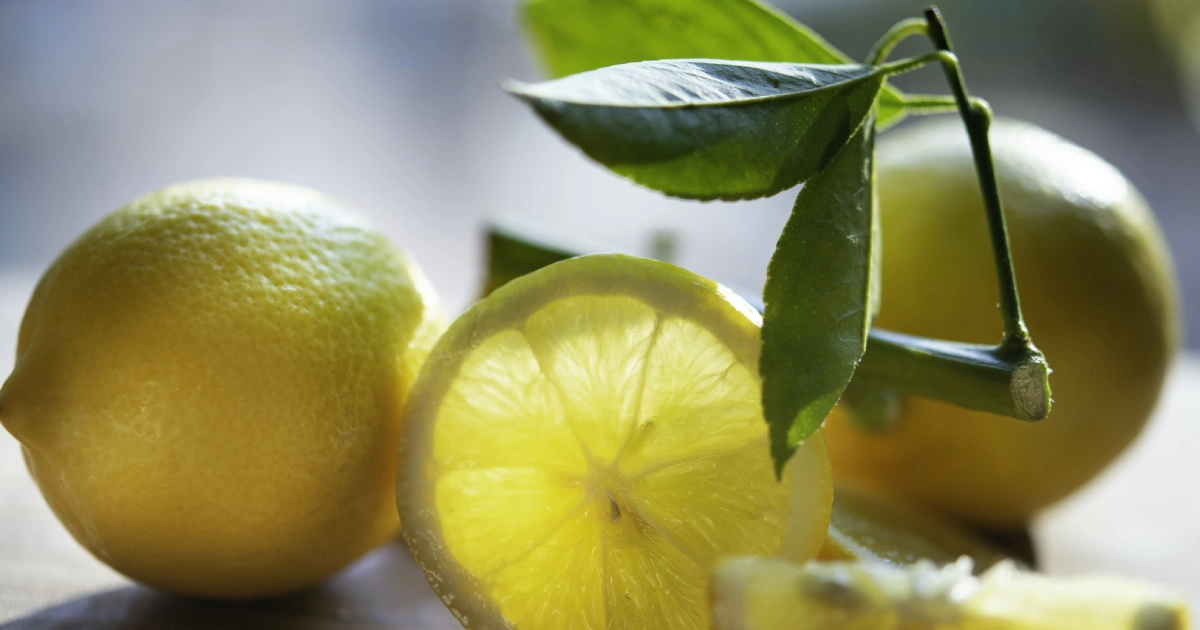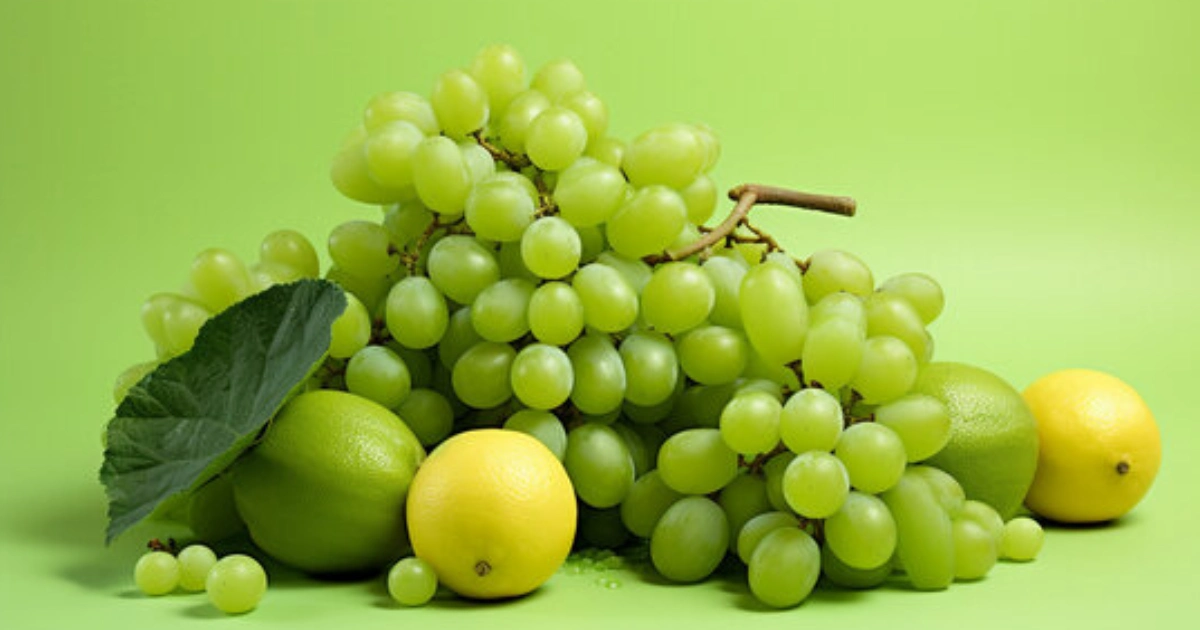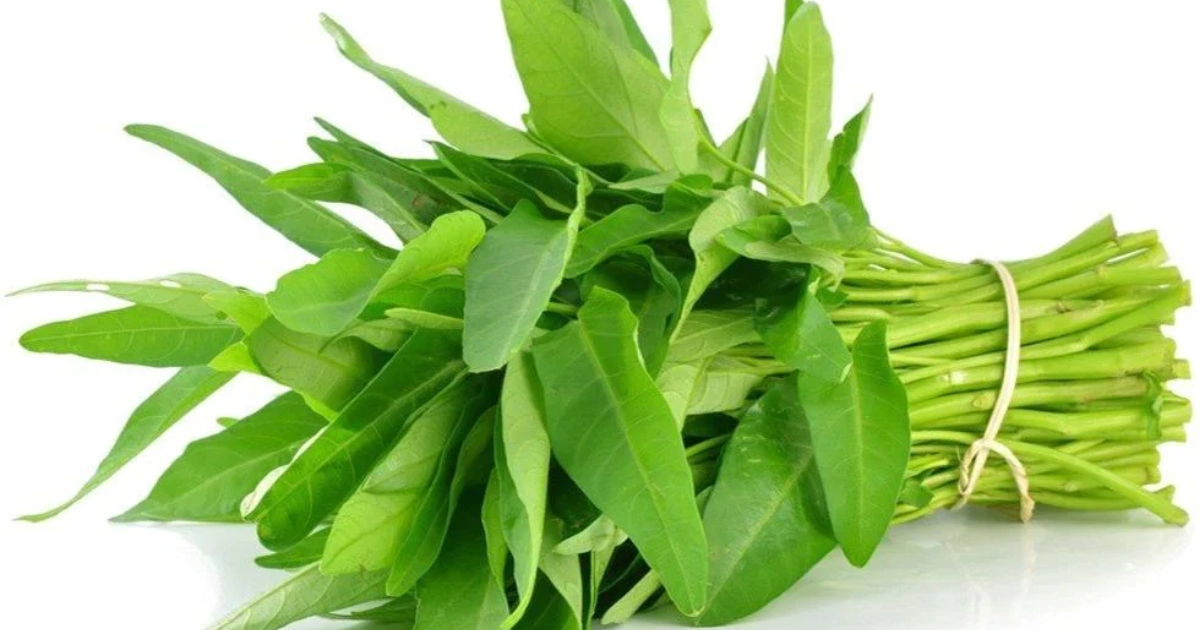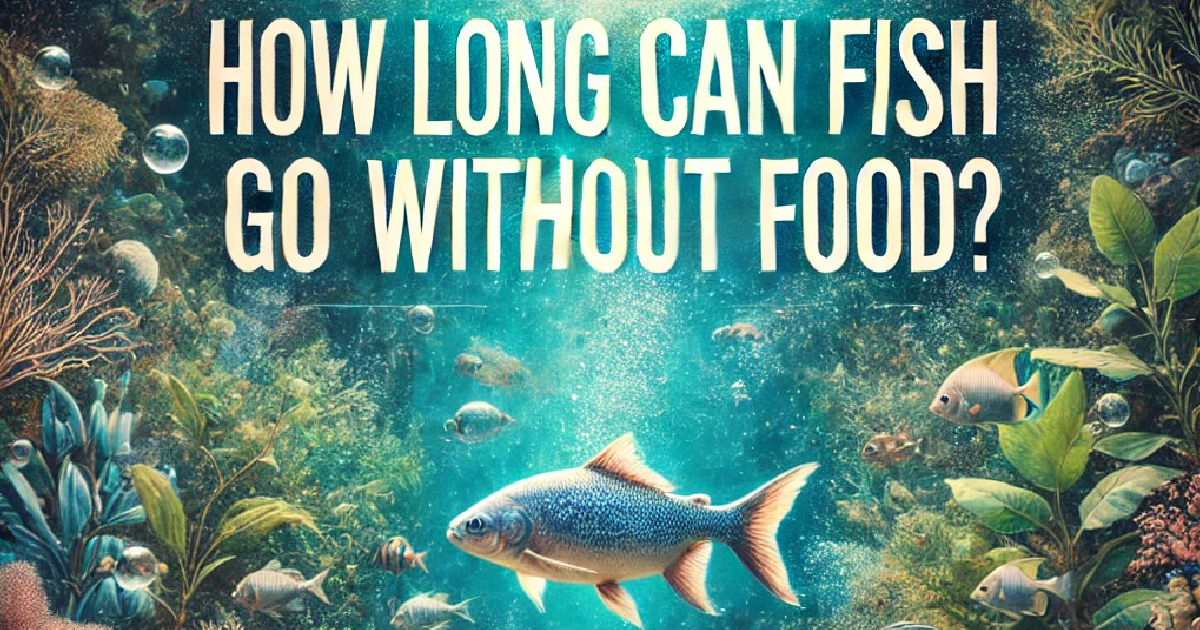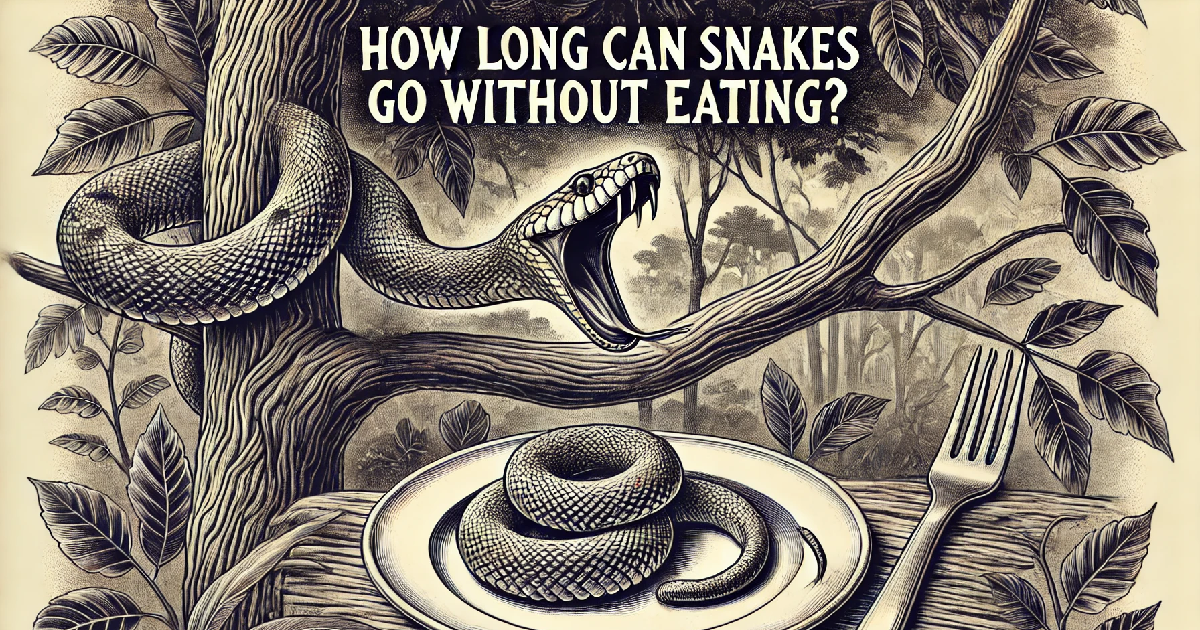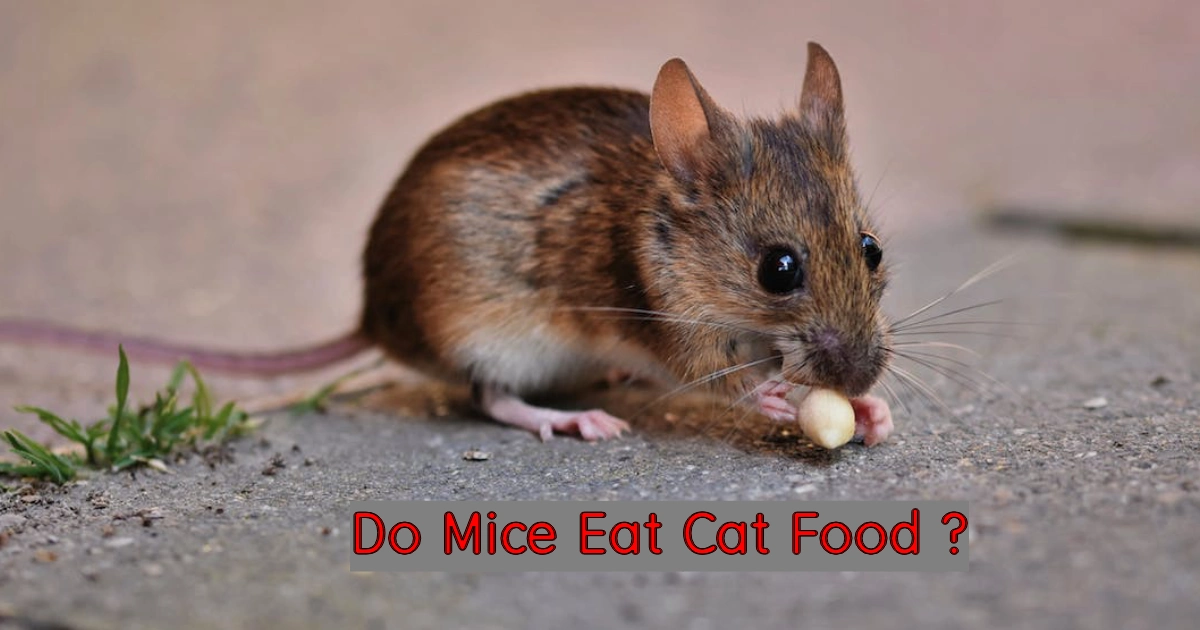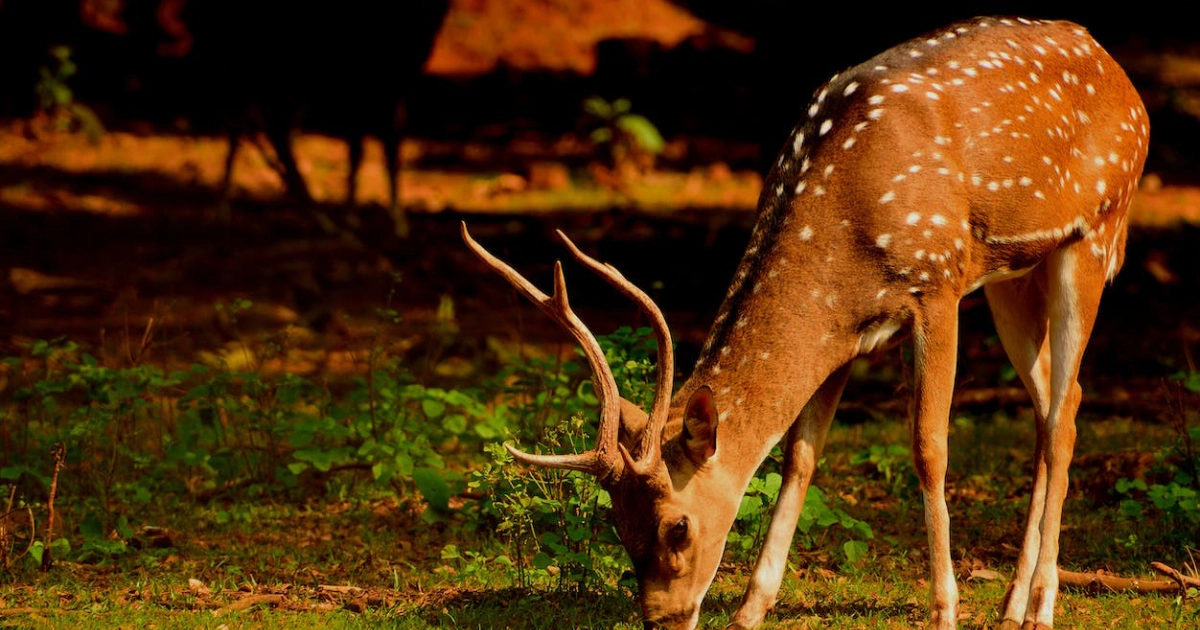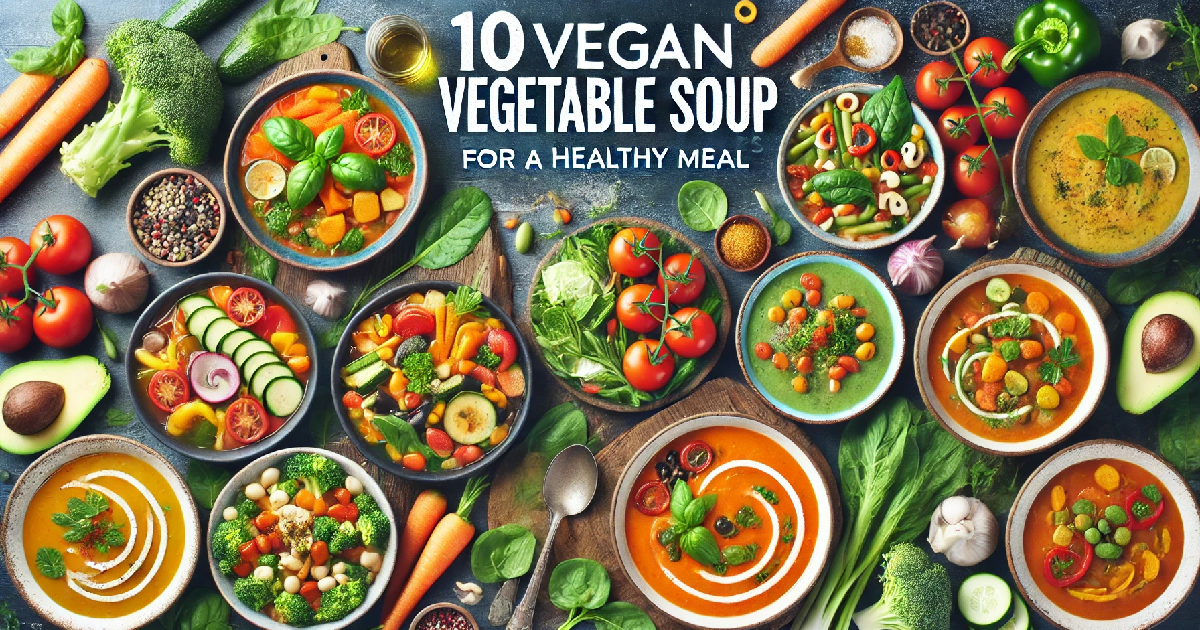Do you ever walk into your kitchen and suddenly hear a rustling sound? Most likely, it’s not the gorgeous cat from down the street. In fact, that noise could actually be coming from mice that have infiltrated your pantry! If that’s the case, chances are your valuable feline food is in danger. Mice can quickly get through tiny crevices or dig through cardboard boxes to find bits of kibble or morsels of treats – but do they actually eat cat food? Let’s take a look at what rodents really go for when it comes to their meals!
Introducing The Mouse – Learn About Their Biology, Behaviour And Natural Diet
Mice are fascinating creatures known for their high adaptability and survival instincts. Biologically, they are members of the rodent family and character by their small size, pointed snouts, and long, thin tails. One of their most distinctive features is their large and susceptible ears, which allow them to detect even the slightest sounds. Mice are friendly creatures that use a variety of vocalizations, body language cues, and scent markers to communicate. They are also known for their incredible agility and lightning-fast reflexes, which help them escape from predators. Mice have a varied diet that includes insects, fruits, nuts, seeds, and other omnivorous items. Overall, learning about the biology, behaviour, and natural diet of mice will help us get a more excellent knowledge of these amazing animals that have survived in a variety of global habitats.
Get To Know The Types Of Food Mice Eat – From Grains To Vegetables And Fruits.
Mice are known to be omnivores, meaning they eat plants and animals. They have a very flexible diet, and their food preferences may vary depending on their habitat and environment. However, grains, vegetables, and fruits are some of the most common foods consumed by mice. Grains, such as corn, oats, and wheat, are a staple in many mice’s diets and can provide them with the necessary nutrients they need to survive. Vegetables like carrots, broccoli, and celery are popular food choices for mice, as they offer essential vitamins and minerals. Lastly, fruits such as apples, bananas, and grapes are not just a tasty treat for mice; they can also provide them with a much-needed source of hydration. Knowing what mice eat can help you better understand these tiny creatures and how they survive in the wild.
What Makes Mice Attracted To Cat Food And Why Do They Eat It?
Mice are known to have a particular liking for cat food, and this behaviour can trace back to their natural instincts. Mice are primarily attracted to the scent of the protein in cat food, which is essential for their survival. Cat food is made up of meat and other animal proteins, making it a perfect source of nutrition for mice looking to increase their protein intake. Additionally, cat food is often left out in the open, making it an easy target for these sneaky little creatures. Despite being aware of the potential danger of lurking around the feeding sites of their arch nemeses, mice cannot resist the irresistible aroma and nutritional value of cat food.
How To Keep Mice Away From Your Cat’s Food Bowl?

As pet owners, we all want to make sure that our feline friends are happy and healthy. One of the challenges that pet owners face is keeping pesky mice away from their cat’s food bowl. Not only do mice threaten our furry friends’ food supply, but they also carry diseases that can put our loved ones at risk. Fortunately, there are easy precautions you may take to keep mice away. From regularly cleaning up crumbs and spills to storing food in airtight containers, these small but effective measures can make a big difference. By taking precautions, you can ensure your cat’s mealtime is free from unwanted guests.
The Dangers Of Eating Cat Food For Mice – From Health Issues To Malnutrition
Mice are known for being curious creatures, but there’s one thing they shouldn’t be too curious about cat food. At the same time, it may seem like an easy snack to pick up around the house. But the dangers of consuming cat food for mice can be pretty serious. From health issues like vomiting and diarrhoea to malnutrition due to the lack of nutrients that mice need. Eating cat food can lead to many problems. So, while it may be tempting, mice should steer clear of their feline friend’s kibble and find other, safer snacks to nibble on.
Ground Mice

Ground mice, also known as field mice, are small rodents that can find in fields, meadows, and forests throughout the world. Although they typically live outdoors, it’s not uncommon for them to venture indoors in search of food or shelter. Despite their adorable and innocuous appearance, ground mice can injure homes by gnawing through electrical cables, insulation, and even furniture. It’s crucial to patch up any external cracks or holes in your home. Additionally, make sure that food is stored securely and garbage is disposed of properly. Taking these precautions allows you to keep these critters where they belong – outside.
Best Ways To Protect Your Pet’s Food From Rodents
It would help if you considered measures to keep your pet’s meals safe and secure because rodents can be a severe hazard to their food. One of the most effective ways to do this is by storing the food in airtight containers made of heavy-duty materials. This will prevent rodents from nibbling through the packaging and getting to the food. Additionally, make sure to regularly clean up any spilt food or crumbs, as these can attract rodents. If you have an outdoor pet, placing their food dish on an elevated platform or pet feeder can help keep the food out of reach of rodents. By taking these proactive measures, you can ensure your pet’s food stays safe and fresh while keeping pesky rodents at bay.
What Are Mouse’s Favourite Food?
Mice are known for being resourceful when it comes to finding food. Their favourite foods vary depending on their environment. But they tend to be attracted to high-calorie items like grains, seeds, and nuts. While mice will eat almost anything available, they particularly draw to sweet and starchy foods. As for specific foods, it is a common misconception that mice love cheese – they don’t have a natural affinity for it. However, apples are a different story – mice enjoy them as a treat, along with other fruits like blueberries and bananas. It’s important to note that while these foods may attract mice, they should never be used as a means of extermination, as this can be cruel and inhumane.
Mouse Cat Food
Did you know that Muridae, the family of rodents that includes mice, is a natural prey for cats in the wild? It’s no wonder many cat food brands have started offering mouse-flavoured cat food as a new option for feline taste buds. Mouse cat food is designed to mimic mice’s taste and nutritional profile, providing cats with a protein-rich and nutrient-dense meal. While not all cats are fond of the mouse flavour, it can be a great way to introduce some variety into their diet and cater to their instinctual cravings. Feeding your cat mouse cat food is a fun and quirky way to show your love for your furry feline friend.
Can Mice Eat Almonds?
As small rodents, mice have a versatile diet that includes fruits, vegetables, and nuts. While they are known to munch on walnuts and pecans, many people wonder if mice can eat almonds. The answer is yes; mice can eat almonds. However, it’s important to note that just because mice can eat almonds doesn’t mean they should feed excessively, as they may need help digesting too much. Additionally, almonds are a safe snack option for mice. It’s important to avoid feeding them peanuts. Which could cause allergic reactions, or cashews, which are high in fat and may cause digestive issues. As with any new food, it’s important to monitor your mouse’s behaviour and health after introducing almonds into their diet.
Do Mice Eat Acorns?

Have you ever wondered if mice eat acorns? The answer is yes! These little rodents have a varied diet and are known to eat seeds, nuts, and fruits. Acorns are just one of the many different types of nuts on their menu. While it may seem surprising that such small creatures can consume such a complex and tough nut. It is an important food source for them. You may also be interested in knowing that mice are not the only animals that eat acorns. Squirrels, chipmunks, and rats also feed on these nuts. Mice also eat hamster food. Another interesting fact is that mice carry acorns in their mouth to store them for later consumption. It’s fascinating how these tiny creatures have their unique way of surviving in the wild and adapting to their environment.
Can Rats Have Beets?
If you’re a rat owner, you may be curious about what types of human foods your furry friend can safely consume. Certain items should avoid entirely, while others might be a nutritious supplement to a rat’s diet. One food that may surprise you is beets. Yes, rats can have beets! However, it’s important to note that moderation is vital. A good thing can have in excess, just like with any other food. Other foods that can safely incorporate into a rat’s diet include cucumber, radishes, and cherries. As always, consult with your veterinarian before making any major changes to your rat’s diet.
What Vegetables Can Mice Eat?
For those who keep mice as pets, it’s important to ensure that their diet includes a variety of fruits and vegetables. Many vegetable options are safe and nutritious for mice, including leafy greens like spinach and kale and carrots, peas, and sweet potatoes. But what about more unusual options, like cucumbers or radishes? The good news is that both cucumbers and radishes are okay for mice to eat in moderation. However, it’s important to avoid feeding them cherries, as the pits can be toxic to rodents. Always be sure to research potential foods before offering them to your mouse – and when in doubt, stick with proven safe options.
Conclusion
Although mice are often attracted to cat food, there are steps you can take to make sure they never have access to it. First, ensure that pet food bags and containers are tightly sealed once opened. Store the opened containers in closed cupboards or bins with lids. Clean up any spilt food as soon as possible and choose feeding locations where the odours of pet foods won’t tempt mice. Monitor your cat’s eating area regularly for signs of rodent activity and take necessary measures – set up traps and use natural repellents – to keep them away from your pet’s food bowl. In addition, taking preventive measures is very important; keep attics, basements, and garages free from clutter so mice won’t have any spaces where they can hide.
Last but not least, educating yourself about the dangers of consuming cat food by mice is also critically important! If rats often take cats’ food, it may not only result in health problems like vomiting or heart murmurs but also cause them to become underweight.


